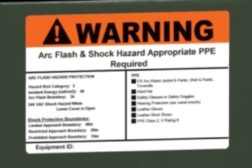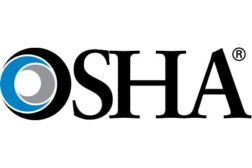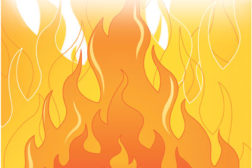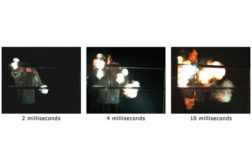Home » Arc flash
Articles Tagged with ''Arc flash''
OSHA interprets NFPA 70E questions from the field
Do these scenarios apply to your workplace?
May 31, 2013
INVISTA acquires US-based flame resistant apparel company
TECGEN brands bring new category expertise to INVISTA
March 26, 2013
Become a Leader in Safety Culture
Build your knowledge with ISHN, covering key safety, health and industrial hygiene news, products, and trends.
JOIN TODAYCopyright ©2025. All Rights Reserved BNP Media.
Design, CMS, Hosting & Web Development :: ePublishing








